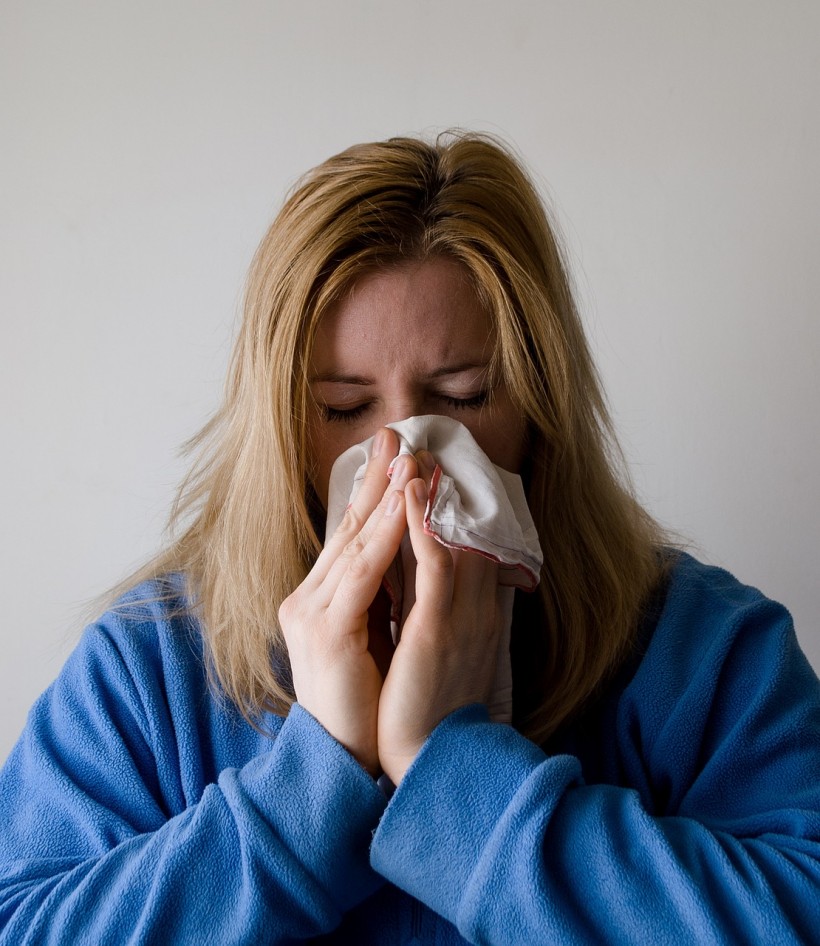Winter is coming and so does flu. Many worries about the possible twindemic to happen during the winter season and it might be difficult to identify the symptoms of flu from COVID-19 because they are almost the same with COVID-19.
The only way to discern flu from the pandemic is through the test, but before then it will not be possible to know for sure. Plus, a person can get the two infections at the same time just like some of the patients reported in China who were found to have both the flu and COVID-19.
According to Donald G. McNeil Jr. of the York Times, people should have a flu shot to avoid the infection, especially this time of the pandemic and flu season is coming. It is not yet certain how much the United States will be affected by the flu season this year since the flu activity in the Southern Hemisphere, that are often predictive of the flow in the US, is 99% below the normal.
Epidemiologists believe it is because half of the world is wearing face masks and practising social distancing which is also precautions needed to prevent flu transmission.
Nevertheless, experts urged everyone to get flu shots because people who had them have less likely the chance to be hospitalized or die.

How to Discern Flu Symptoms From COVID-19
Common Cold Versus the Flu
Out of over 100 viruses that cause the common cold, four of it can cause seasonal flu. People would sometimes assume that they have the flu because of their symptoms but experts said that the flu will make a person feel as if they hit a truck as the fever, headaches and other symptoms are worse than the case of common cold viruses.
Severe cases of the flu can cause pneumonia with patients exhibiting shortness of breath, unusually rapid breathing, common in children, and at times back or chest pains.
Read Also: From Nine to 12: CDC Releases Three "New" COVID-19 Symptoms
COVID-19 and Its Flu-Like and Eccentric Symptoms
COVID-19's symptoms somewhat resemble symptoms of the flu, such as high fever, chills, dry cough and fatigue. But what makes COVId-19 distinguishable from the flu is the loss of smell in which people become unable to register odors, although only 87% of patients with COVId-19 have that symptom.
Other COVID-19 symptoms also include sore throat, runny nose, congestion, vomiting, diarrhea, shortness of breath, and stomach pain. Some patients also complain of itchy eyes, blisters in their fingers or toes that look like chilblains and known as COVID toes.
While the most alarming symptoms of COVID-19 include severe breathing difficulty, chest pains, blue lips or face, confusion or incoherent answers to questions, and collapsing due to losing consciousness.
Moreover, COVID-19 can cause blood clots which leads to organ damage including the brain, heart, and lungs. Sometimes, people infected with COVID-19 also develops pneumonia without people realizing how sick they are. Doctors think air sacs could have been damaged without causing a buildup of carbon dioxide.
Also, although children rarely have the severe type of COVID-19 they too suffer the same symptoms as the adults. If symptoms such as difficulty breathing, bluish lips, confusion, and abdominal pains are observed on a child, it is best to send them quickly to the hospital.
COVID-19 Testing Can Be Tricky
Getting tested for COVID-19 is often tricky because of so many delays, For instance, the much accurate type of testing which is the PCR could be more accurate than the 15-minute rapid test but it takes at least 24 hours apart of testing to know if one is infection-free or not.
There is a lot to consider before diagnosing a person of having the infection as one positive test means infected, but one negative test is untrustworthy. In other words, many can go wrong during the testing process. Two negative tests taken at least 24 hours apart are a better indication of a negative result.
Read More: Why COVID-19 Tests Are Inaccurate and the Role Dead Viral Cells Play
Check out more news and information on COVID-19 in Science Times.














